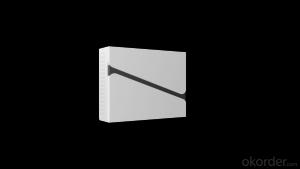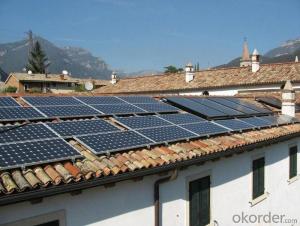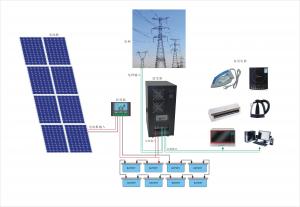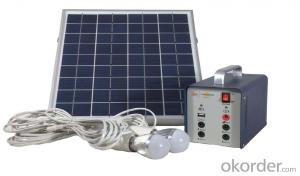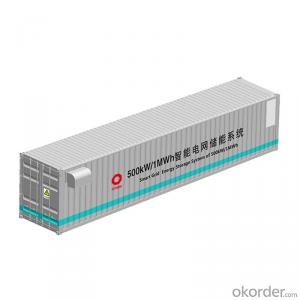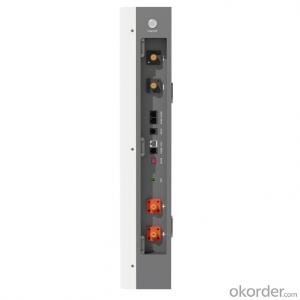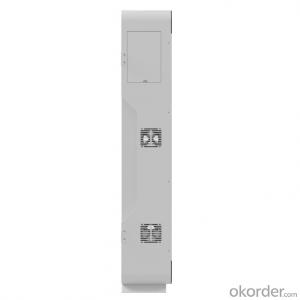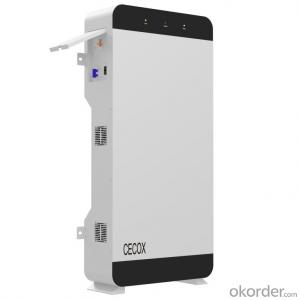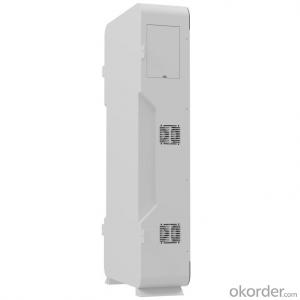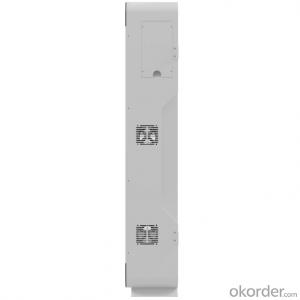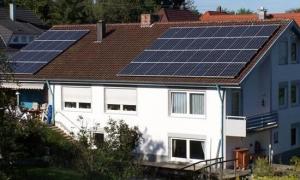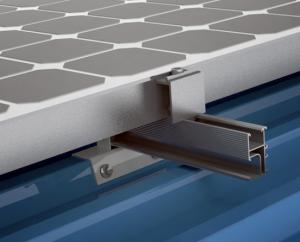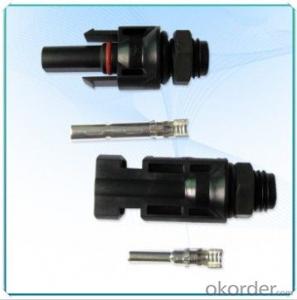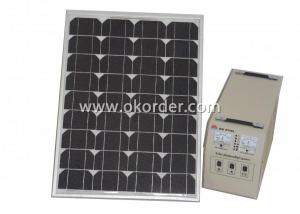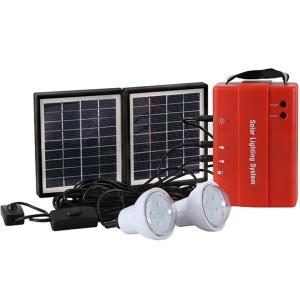Solar Energy Systems 101:High Voltage Lithium LifePO4 Solar Home 240V 12.3 kWh ESS Stacked Battery Energy Storage System
- Loading Port:
- SHANGHAI
- Payment Terms:
- TT OR LC
- Min Order Qty:
- 50 set
- Supply Capability:
- 5000 set/month
OKorder Service Pledge
Quality Product, Order Online Tracking, Timely Delivery
OKorder Financial Service
Credit Rating, Credit Services, Credit Purchasing
You Might Also Like
Specification
Application:
Home
Output Voltage (V):
240 v
Work Time (h):
8 hours
Introduction:
HP-HV01 is a modularly expandable Lithium ion battery storage system.
The system can be built as quickly as a stack of bricks.
The system is composed of brick battery packs and an energy control box.
The brick battery packs are stacked one by one, and the energy control box is placed on the top of the brick battery pack,
it is easy to add up all these to form an energy system for users.
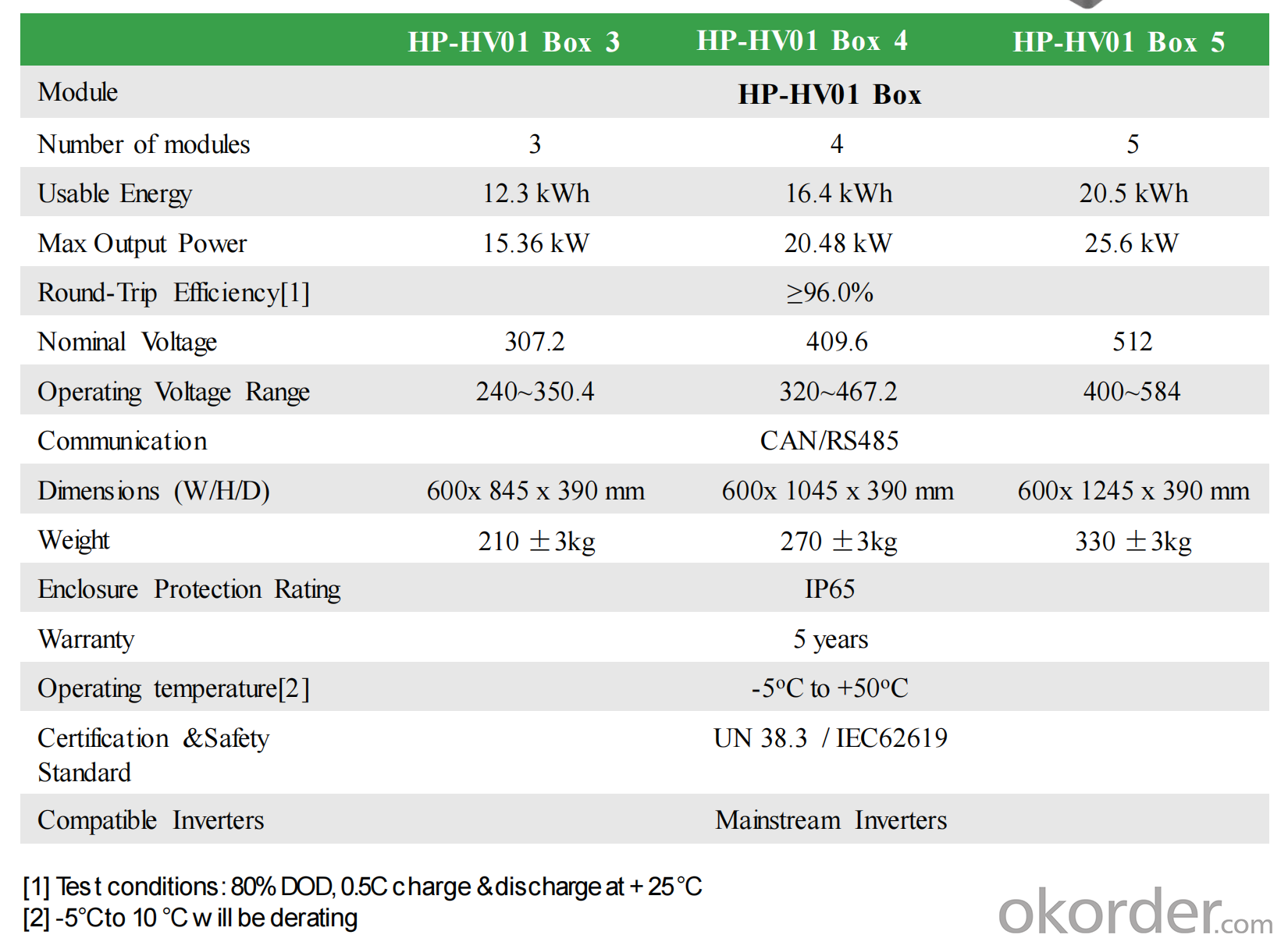
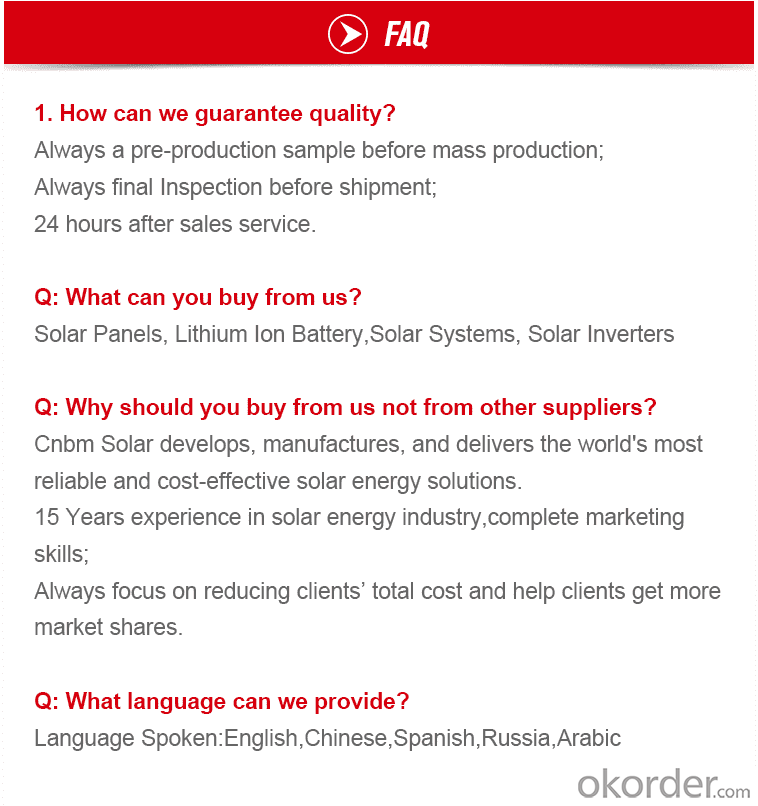
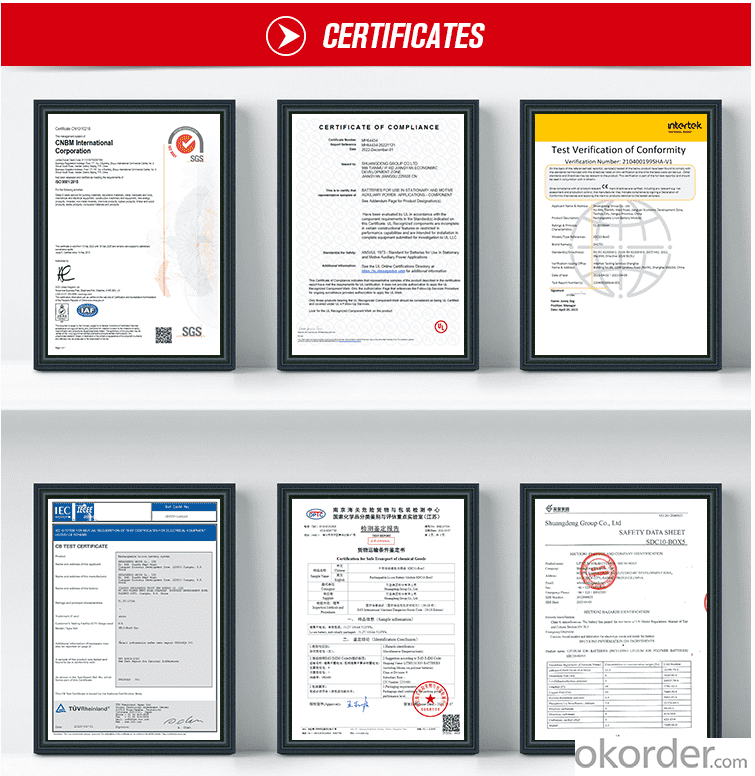
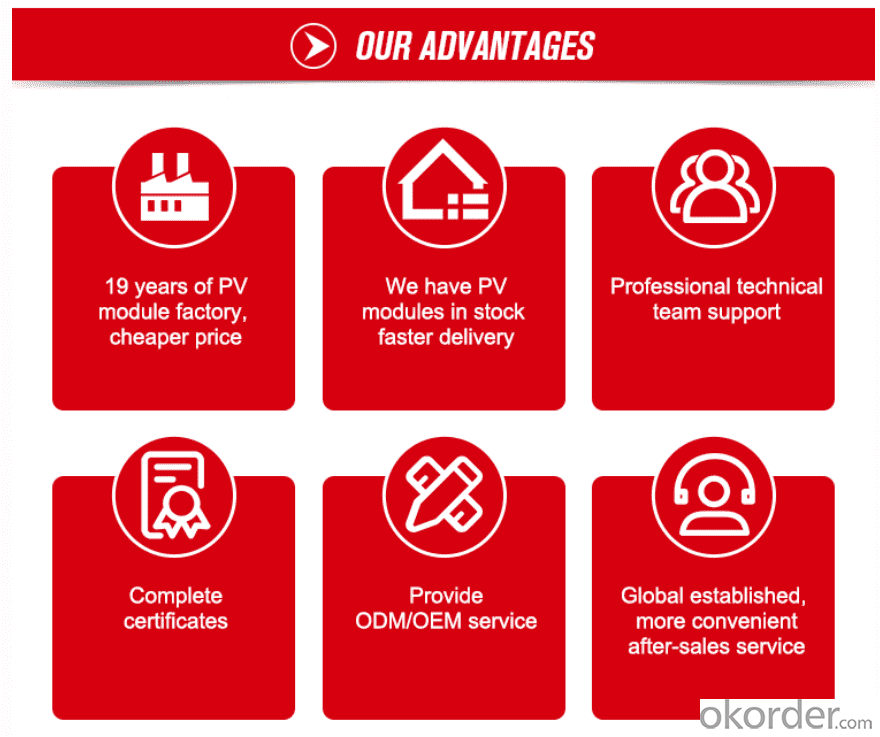
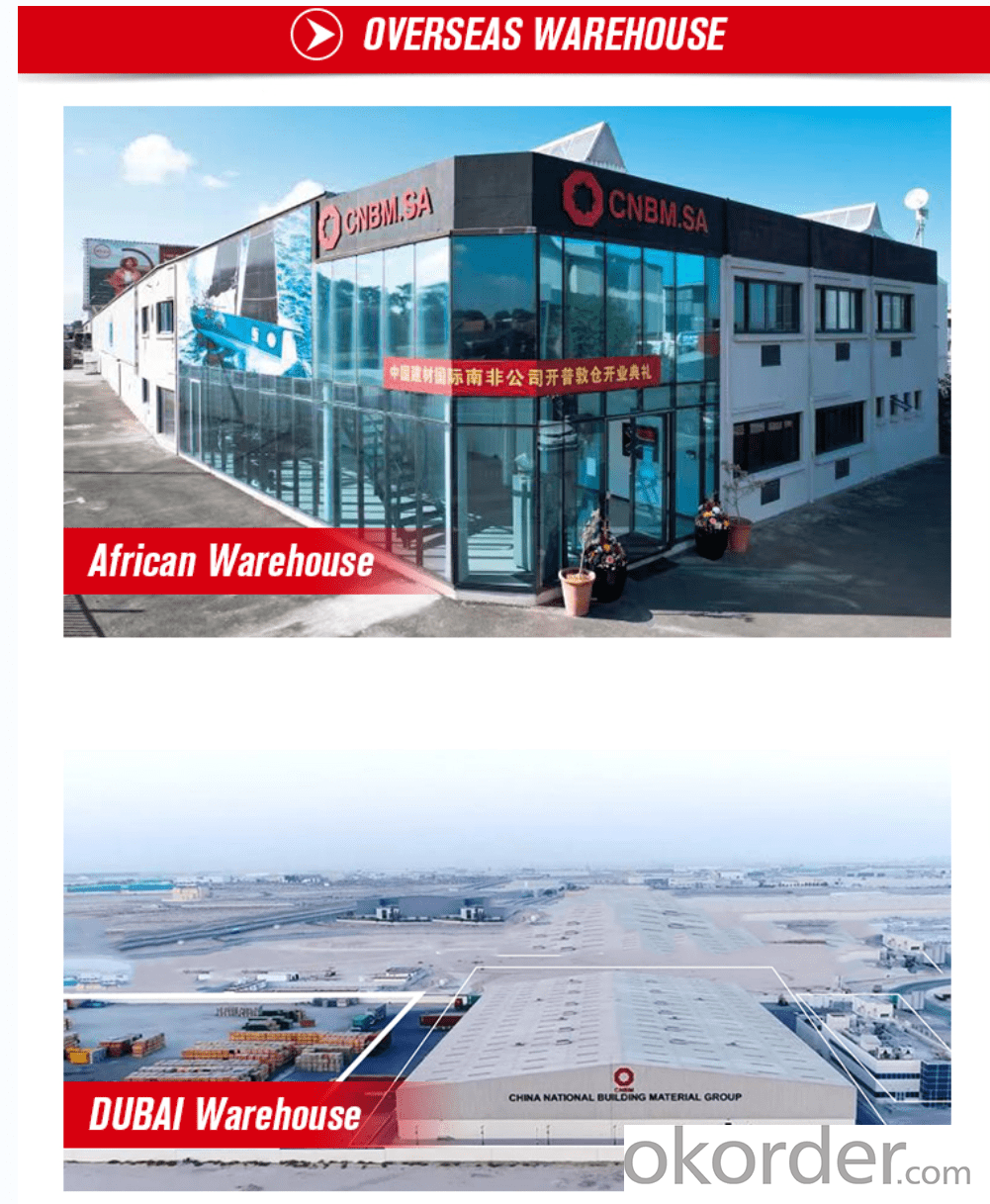
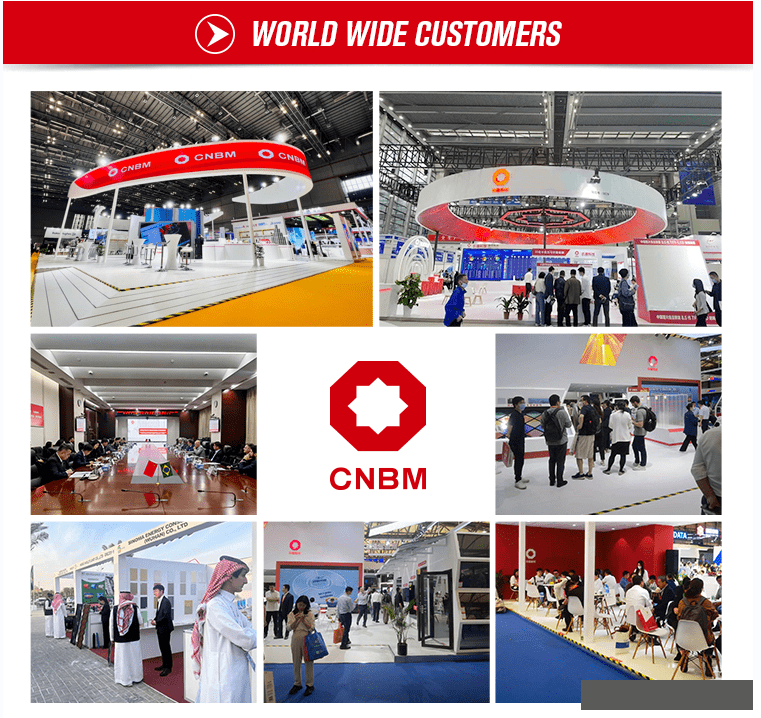
- Q: Can a solar energy system be installed on a tile roof?
- Yes, a solar energy system can be installed on a tile roof. However, it may require additional considerations and precautions compared to other types of roofs. Tile roofs are often more fragile and delicate than other roofing materials, so special care must be taken during the installation process to avoid damaging the tiles. This may involve hiring experienced and skilled solar installers who are familiar with working on tile roofs. Additionally, the weight of the solar panels and mounting equipment must be taken into account, as tile roofs may have weight restrictions. Reinforcements or additional support may be necessary to ensure that the roof can handle the added weight of the solar system. Proper sealing and waterproofing are also crucial when installing solar panels on tile roofs to prevent any leaks or damage to the roof structure. This may involve using specialized mounting brackets and flashing to create a watertight seal around the tiles. In summary, while it is possible to install a solar energy system on a tile roof, it is important to consult with professionals who have experience working with tile roofs and can ensure that the installation is done correctly and in compliance with all safety and structural requirements.
- Q: How does the performance of solar panels vary based on the type of installation?
- Solar panel performance is dependent on the type of installation and several factors. To begin with, the orientation and tilt angle of the panels are crucial in determining their performance. Ideally, panels should face south (in the Northern Hemisphere) or north (in the Southern Hemisphere) to maximize exposure to sunlight throughout the day. If the panels are not placed in the optimal direction, their energy production may be significantly reduced. Similarly, the tilt angle should be adjusted based on the latitude of the installation site. This helps maximize sunlight absorption, especially during the winter months when the sun is lower. Incorrect tilt angles can result in reduced energy output and lower efficiency. The location and surroundings of the installation site also impact performance. Obstructions such as nearby buildings, trees, or shading can block sunlight and reduce energy generation. It is crucial to ensure an obstruction-free site throughout the day. Furthermore, the type of installation affects panel performance. Options include rooftop installations, ground-mounted systems, and solar tracking systems. Rooftop installations are common but can be affected by factors like roof orientation, neighboring shading, and limited space. Ground-mounted systems offer flexibility but may require more land. Solar tracking systems provide the highest energy production but are generally more expensive. Lastly, the quality and efficiency of the panels themselves significantly impact performance. High-quality panels with better efficiency ratings produce more electricity from the same amount of sunlight. Investing in reputable brands and higher efficiency panels can improve overall performance. In conclusion, solar panel performance varies based on installation type and factors such as orientation, tilt angle, shading, and panel quality. Proper installation in optimal conditions leads to higher energy production and increased efficiency.
- Q: How much sunlight is needed for a solar energy system to work effectively?
- The effectiveness of a solar energy system is influenced by several factors that cause the required amount of sunlight to vary. These factors include the efficiency of the solar panels, the location, the angle and orientation of the panels, and the time of year. To achieve maximum effectiveness, solar panels should ideally receive uninterrupted direct sunlight for a significant portion of the day. Direct sunlight refers to sunlight that reaches the panels without any obstacles like shadows from nearby buildings or trees. This unobstructed sunlight provides the highest energy level, thus optimizing the system's efficiency. Nevertheless, solar panels can still generate electricity even when direct sunlight is not available. They can produce energy in cloudy conditions or when sunlight is scattered. Although energy production may decrease in these situations, it is still possible to generate a substantial amount of electricity, especially due to advancements in solar panel technology. Geographical location is also critical in determining the amount of sunlight available. Areas closer to the equator generally receive more sunlight throughout the year, while regions farther from the equator may experience shorter days during certain seasons. Consequently, solar energy systems in equatorial regions may require less sunlight to operate effectively compared to those in areas with less sunlight. The angle and orientation of the solar panels also affect the system's effectiveness. Panels that are angled towards the sun and facing south in the northern hemisphere (or north in the southern hemisphere) maximize their exposure to sunlight. By optimizing the panel's position, the system can capture the highest possible amount of sunlight, thus enhancing its effectiveness. Lastly, the time of year impacts the sunlight received by a solar energy system. During summer months, when days are longer and the sun is higher in the sky, solar panels have greater access to sunlight, making them more effective. Conversely, during winter, when days are shorter and the sun is lower in the sky, the system may receive less sunlight, thus affecting its performance. In conclusion, the required amount of sunlight for a solar energy system to function effectively depends on various factors, including panel efficiency, location, orientation, and time of year. Although direct sunlight is preferable, solar panels can still generate electricity under cloudy or scattered sunlight conditions. Consulting with a solar energy professional is recommended to determine the specific sunlight requirements based on these factors for a particular system.
- Q: Can a solar energy system be installed on a sports arena or stadium?
- Yes, a solar energy system can be installed on a sports arena or stadium. In fact, many stadiums around the world have already implemented solar panels to generate clean and renewable energy. These systems can be installed on rooftops, parking lots, or even integrated into the design of the stadium itself. Not only does this help reduce the carbon footprint of the facility, but it also helps offset energy costs and promotes sustainability in the sports industry.
- Q: Can solar energy systems be used for transportation?
- Yes, solar energy systems can be used for transportation. Solar energy can be harnessed to power different types of vehicles, including cars, buses, boats, and even airplanes. Solar-powered vehicles use photovoltaic (PV) cells to convert sunlight into electricity, which can then be stored in batteries or used directly to power the vehicle's electric motor. Solar panels can be installed on the roof, hood, or any other suitable surface of the vehicle to capture sunlight and generate electricity. While solar-powered transportation is still relatively limited in terms of range and speed compared to traditional fossil fuel-powered vehicles, advancements in solar technology are continuously improving the efficiency and performance of these systems. Furthermore, solar energy can also be utilized in transportation infrastructure, such as solar-powered charging stations for electric vehicles, providing a sustainable and renewable alternative to traditional energy sources.
- Q: Can solar energy systems be used for water heating in swimming pools?
- Yes, solar energy systems can definitely be used for water heating in swimming pools. Solar panels can be installed to capture sunlight and convert it into thermal energy, which can then be used to heat the pool water. This method is not only environmentally friendly and cost-effective, but also allows for longer swimming seasons by maintaining a comfortable water temperature.
- Q: How do solar energy systems impact the carbon footprint of a home?
- Solar energy systems have a significant positive impact on reducing the carbon footprint of a home. By harnessing the power of the sun to generate electricity, solar energy systems produce clean and renewable energy, resulting in a significant reduction in greenhouse gas emissions. Conventional electricity generation relies heavily on fossil fuels such as coal, oil, and natural gas, which release carbon dioxide and other harmful pollutants into the atmosphere. These emissions contribute to global warming and air pollution, leading to adverse health effects and environmental degradation. In contrast, solar energy systems produce electricity without any emissions or air pollution. The photovoltaic cells in solar panels convert sunlight into electricity directly, without the need for combustion or any harmful byproducts. As a result, solar energy systems eliminate greenhouse gas emissions and reduce the reliance on fossil fuels. By utilizing solar power, homeowners can significantly decrease their carbon footprint. The amount of carbon dioxide emissions avoided depends on the size and efficiency of the solar energy system, as well as the amount of electricity consumed. However, on average, a typical residential solar energy system can offset approximately 15,000 pounds of carbon dioxide emissions per year. This is equivalent to planting around 150 trees annually or driving a car for 10,000 miles. Moreover, solar energy systems can help homeowners achieve energy independence and reduce their reliance on the electrical grid. By generating their own clean electricity, homeowners can reduce the demand for fossil fuel-based energy sources, further reducing carbon emissions on a larger scale. In summary, solar energy systems have a transformative impact on the carbon footprint of a home. They offer a sustainable and environmentally friendly alternative to conventional electricity generation, reducing greenhouse gas emissions and mitigating climate change. Installing solar panels not only helps homeowners save money on electricity bills but also contributes to a cleaner and healthier planet for future generations.
- Q: Can solar energy systems be used in cloudy or rainy areas?
- Yes, solar energy systems can still be used in cloudy or rainy areas. While solar panels do produce less electricity in cloudy or rainy conditions compared to sunny conditions, they can still generate power. Additionally, advancements in solar technology have made panels more efficient in low-light conditions, allowing them to harness energy even in cloudy or rainy areas.
- Q: Can solar energy systems be used in countries with low sunlight availability?
- Solar energy systems can still be employed in countries with limited sunlight. Although these systems depend on sunlight to produce electricity, technological advancements now enable the efficient capture and utilization of even small amounts of sunlight. Moreover, solar energy systems can be engineered to integrate other renewable energy sources like wind or hydroelectric power to compensate for the scarcity of sunlight. Furthermore, energy storage systems like batteries can store surplus energy during periods of low sunlight and release it as required. Consequently, solar energy systems remain a feasible and sustainable choice for electricity generation even in countries with insufficient sunlight.
- Q: Can solar energy systems be used for powering remote communication towers?
- Yes, solar energy systems can be used for powering remote communication towers. Solar panels can be installed on or near the towers to capture sunlight and convert it into electricity. This renewable energy source can provide a reliable and sustainable power supply for remote communication towers, reducing the need for traditional grid-based electricity or diesel generators. Additionally, solar energy systems can be easily integrated with battery storage to ensure continuous power availability, even during periods of low sunlight or at night.
Send your message to us
Solar Energy Systems 101:High Voltage Lithium LifePO4 Solar Home 240V 12.3 kWh ESS Stacked Battery Energy Storage System
- Loading Port:
- SHANGHAI
- Payment Terms:
- TT OR LC
- Min Order Qty:
- 50 set
- Supply Capability:
- 5000 set/month
OKorder Service Pledge
Quality Product, Order Online Tracking, Timely Delivery
OKorder Financial Service
Credit Rating, Credit Services, Credit Purchasing
Similar products
Hot products
Hot Searches
Related keywords
